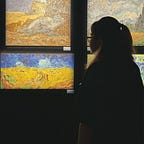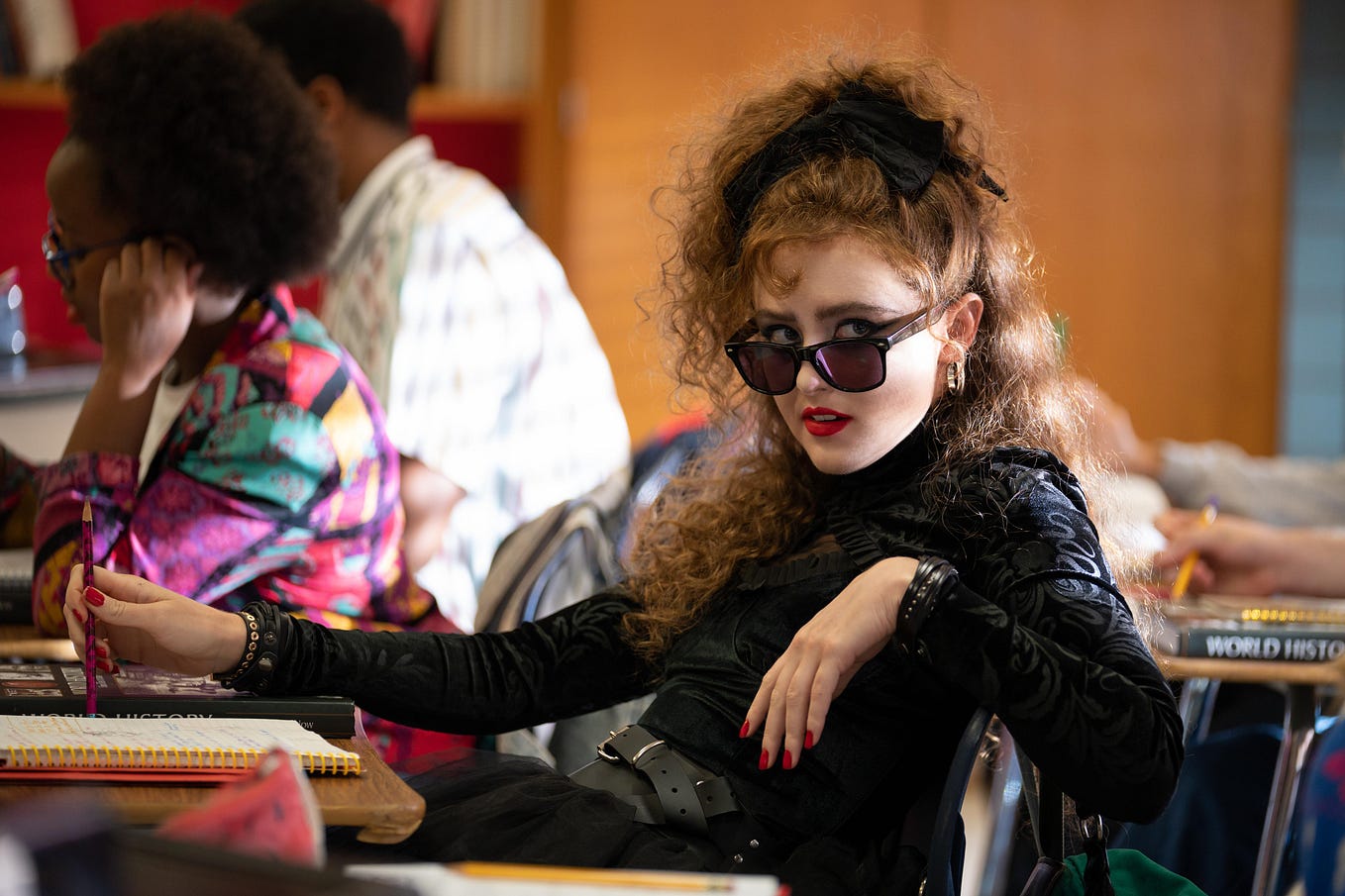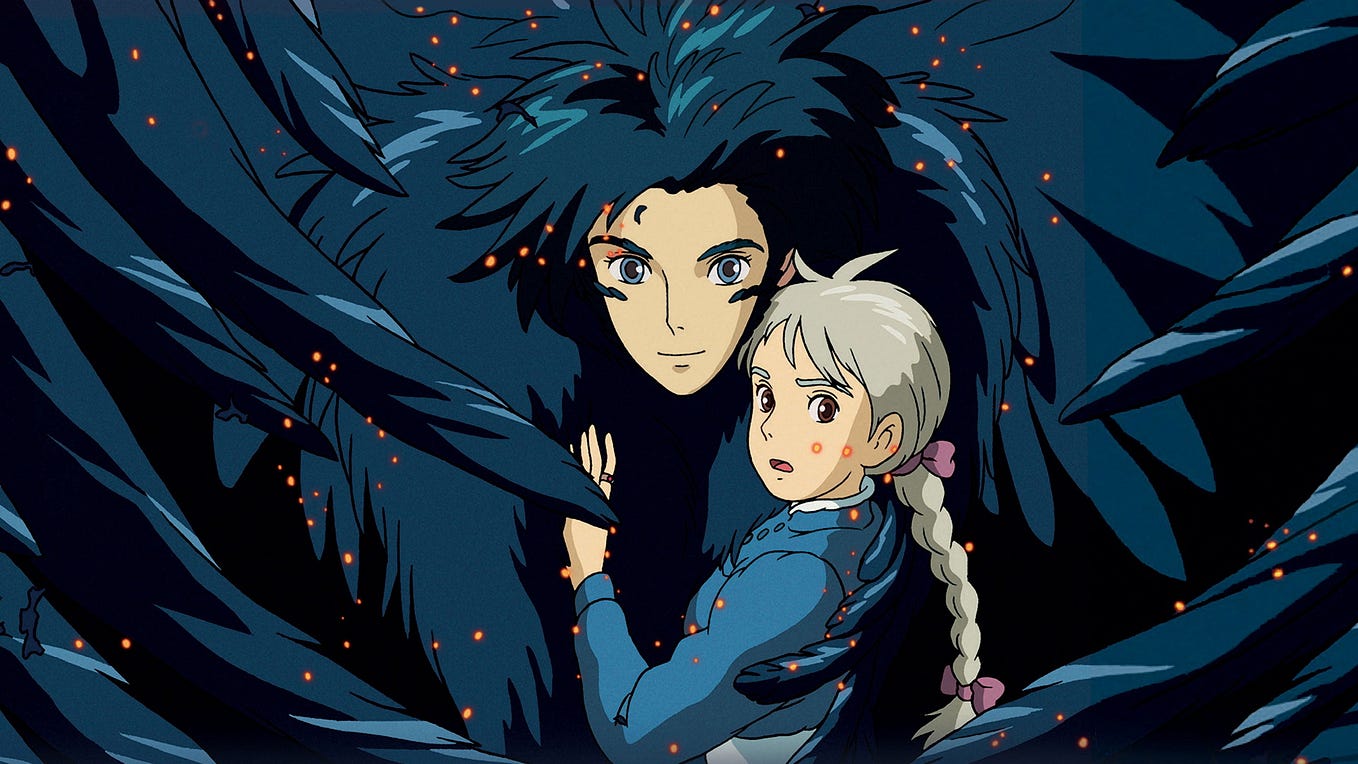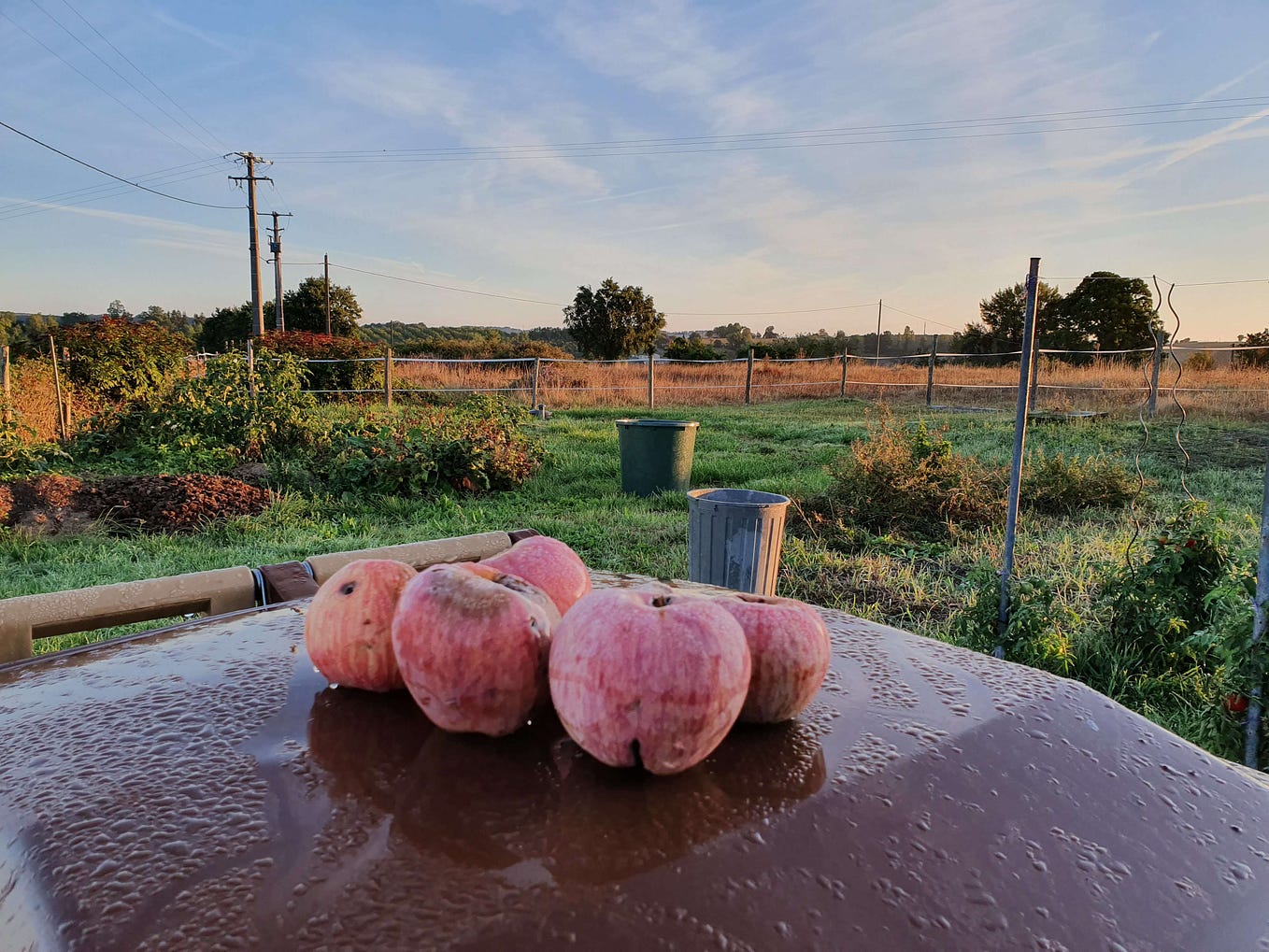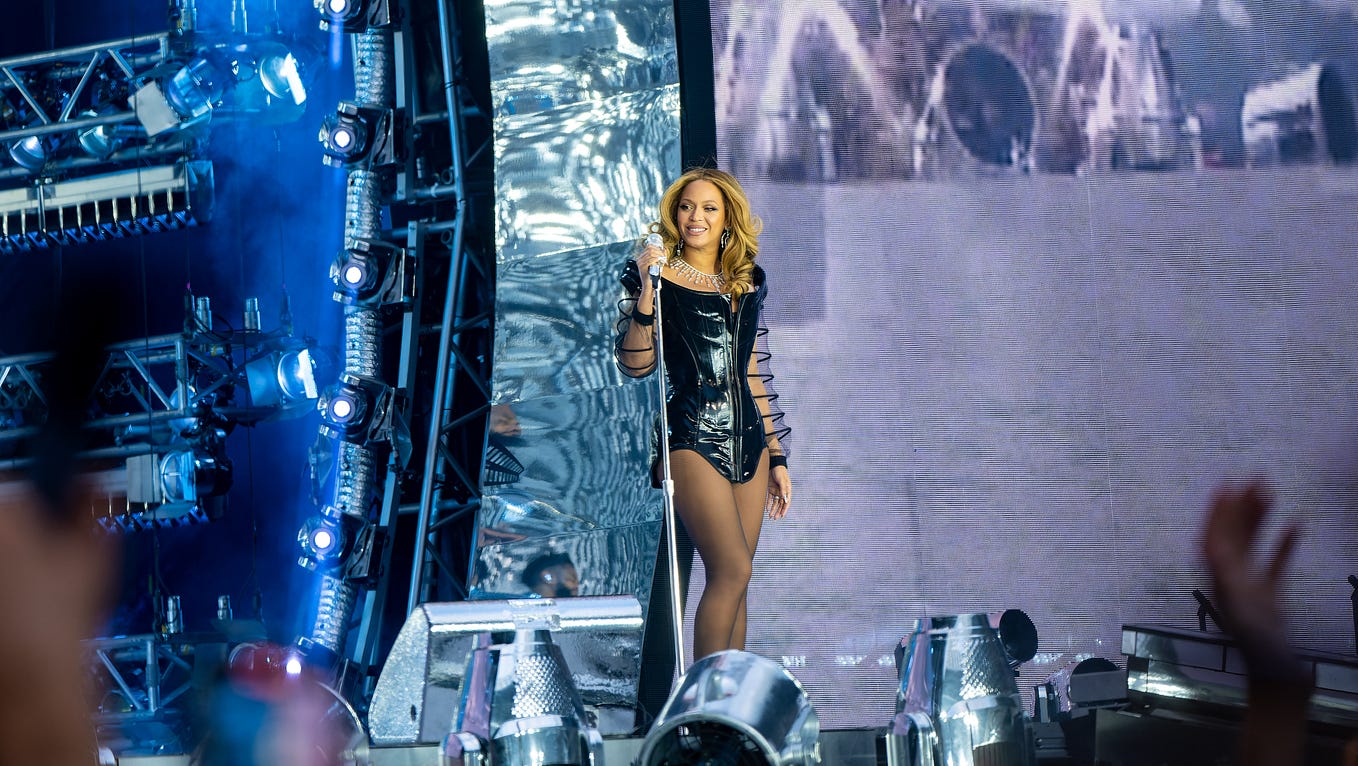Studying the Cinematography of ‘The Revenant’
A personal take on the beauty of wilderness and the horrors of mankind through the lens of Emmanuel Lubezki
Emmanuel Lubezki is an award winning Mexican Cinematographer who has collaborated with many acclaimed directors such as Tim Burton, the Coen Brothers, Alfonso Cuarón, and Alejandro González Iñárritu (to name a few particular standouts). He is most famous for using natural lighting and continuous, uninterrupted shots.
‘The Revenant’ tells the story of a man fighting for survival after a bear attacks him and he is left for dead by his crew. The film was shot in location, mainly in Montana and Argentina during the winter season. Natural lighting was used to capture the authentic atmosphere of the environment and to make the audience feel more immersed in the movie (because it reflected reality more closely). The cinematography of ‘The Revenant’ is recognised for highlighting the beauty of its otherwise harsh landscapes. It definitely makes one appreciate the beauty of nature more.
The film starts off with an Arikara war party attacking the campsite of Hugh Glass and his fellow trappers. Filmed using a wide lens and an almost continuous shot, the camera takes the audience with it as it zooms past the chaos that’s happening between the Arikara and the trappers. By using this technique, it allows the viewers to feel directly involved with what they’re seeing, placing them directly in the middle of the action and allowing that action to play out in full.
The trappers who survive manage to get into a boat and eventually dock in a nearby shore. While Glass is hunting for food, he is attacked by a female bear trying to protect its cubs — this easily became the most memorable scene from the entire movie. Throughout the struggle, the camera is mainly on the ground level which creates the sense of being there with Glass as the bear brutally mauls him.
Even though Glass survives the attack, he is on the verge of dying and becomes a liability to the company. One of the trappers, John Fitzgerald, suggested to mercy-kill Glass for the safety of everyone else, in case there was another attack from the Arikara. Captain Andrew Henry refuses the idea and instead offers money to anyone who would stay behind until Glass died naturally. Fitzgerald, Jim Bridger, and Hawk (Glass’ son) take up the offer. Wanting to speed up the process, Fitzgerald kills Hawk and buries Glass. When morning comes, Glass crawls his way out of his grave. Shot using rule of third framing and with the camera at the same height as Glass, this helps the audience to truly feel Glass’ ordeal. Of course, Leonardo DiCaprio’s great performances aids that feeling, too. Additionally, having Glass emerge from the ground at dawn symbolizes rebirth and a new sense of hope.
The color palette for this film primarily consists of blue tones to better depict the cold, harsh winter and the feeling of isolation. In the shot above, Hugh Glass is having a dream sequence. Filmed using a wide shot, it shows the entirety of the scene, which is a pile of bison skulls stacked like a pyramid, as Glass looks at it. This is also a reference to a historical photo back in the 19th century where the European settlers killed the bison population to starve the Native Americans as it is one of their main food sources. This is also a foreshadowing of the many horrors to come.
Over the course of surviving the wilderness, we are shown many of the beautiful landscapes that were filmed. In this shot (above), the overall color grading leans towards cooler tones, with the fire and Glass serving as a visual contrast. Isolation and loneliness are common themes brought forth by a blue color palette, and to help the audience easily identify Glass, a fire was built.
As Glass travels back to Fort Kiowa, he faces many obstacles along the way. These include jumping into a freezing river to escape the Arikara, rescuing Powaqa, and falling off a cliff after an ambush. In order to survive the stormy night, he has to sleep inside the body of a dead horse. At sunrise, he comes out of the horse. While having similarities to his earlier emergence from his grave, the clear difference here is that Glass seems to be much stronger and is far more determined to go back and get revenge on Fitzgerald. Furthermore, the aftermath of the storm makes this scene more picturesque. It’s difficult not to think of the saying: ‘beauty after a storm’.
The finale of the movie shows the much awaited fight of Glass and Fitzgerald, who was responsible for the murder of Hawk and attempted murder on Glass. After beating up Fitzgerald, Glass sees the Arikara and decides to push him downstream towards them. The shot shows Fitzgerald’s trail of blood towards the river after being scalped and killed by the Arikara. The blood, as well as the river, serve as leading lines, making grim allusions to what has happened to Fitzgerald’s corpse before it was washed away.
As the movie ends, Glass is visited by his wife’s spirit. While this can be interpreted as Glass dying, it is actually not the case as the real Hugh Glass died a decade after the events of this movie. I think it is more like the assurance that he can now live at peace, since his drive for revenge has been fulfilled (even if he personally didn’t give the final blow.)
Aside from the marvelous storytelling about survival, the movie also captures the breathtaking views of our natural environment. In a way, I like to think that this film also promotes the importance of preserving nature by filming those landscapes so beautifully.
